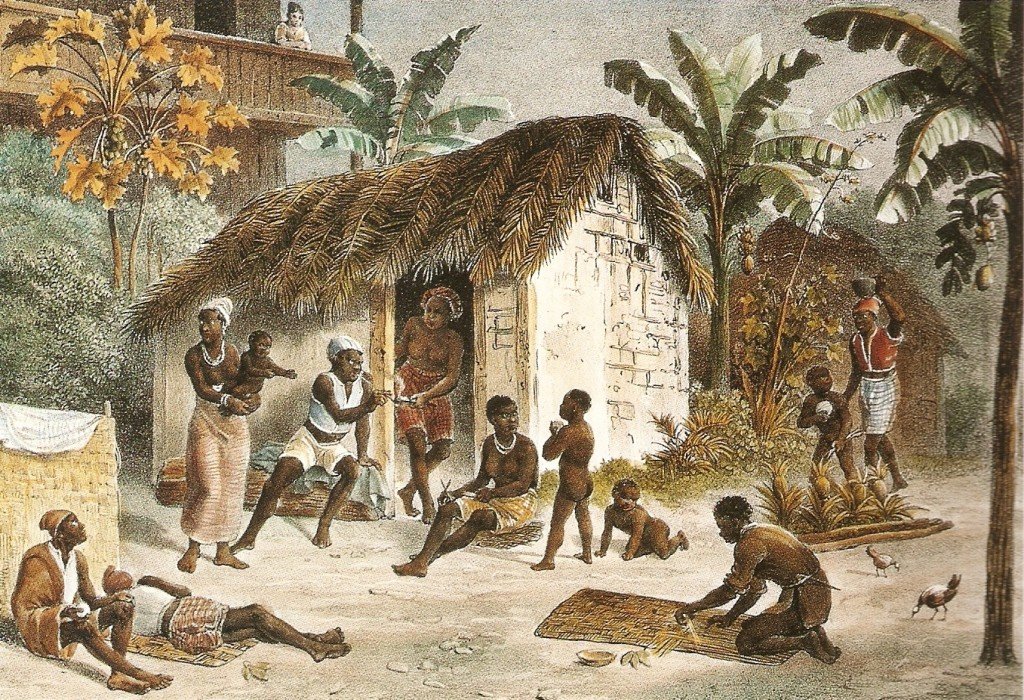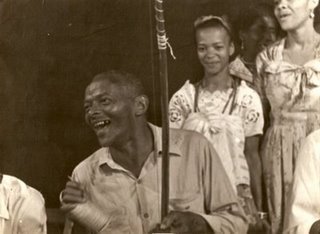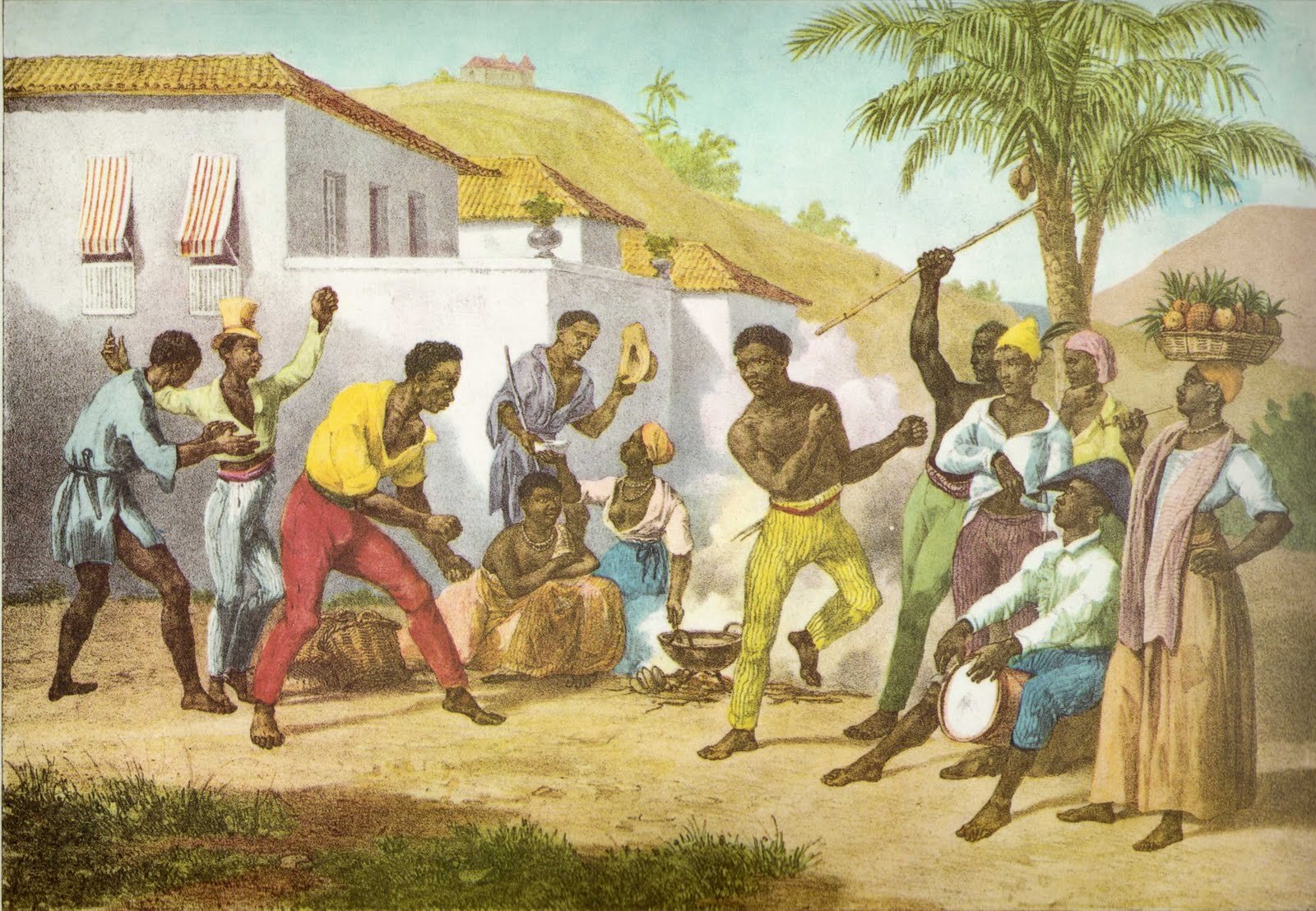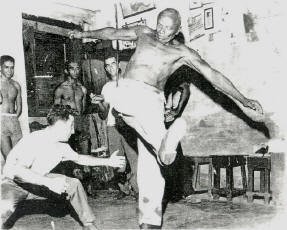The Early Days of Capoeira
Housing of enslaved blacks, the Senzala. Work by Johann Moritz Rugendas
An estimated five million Africans were captured, kidnapped and taken to Brazil in the Atlantic Slave Trade. It’s believed that capoeira was conceived in senzalas, slave houses. After long days of work, enslaved Africans would secretly practice their cultural traditions and religions. Capoeira further developed in quilombos, communities created by escaped slaves and native Brazilians.

Aqualtune Ezgondidu Mahamud da Silva Santos
(imaged widely use to depict Aqualtune)
In the early 1600s, Quilombo dos Palmares, the largest and most successful quilombo was founded. Aqualtune, a Kongo warrior princess and war general, who was enslaved, escaped and made it to Palmares in the 1660s. By 1670, her son, Gang Zumba, eventually became King of Palmares,
From 1680 to 1694, Aqualtune’s grandson, Zumbi, became King of Palmares, leading the quilombo in battles against Portuguese colonial powers. In 1694, Zumbi was killed in battle and the quilombo fell, leading to the recapture and sale of its population back into slavery They were sold and shipped to various locations like Rio de Janeiro and Bahia.
Zumbi dos Palmares
Capoeira of The Dance of War. Work by Johann Moritz Rugendas.
Enslaved Africans continued to practice capoeira for recreation. In the first documented evidence of the art form, an enslaved man named Adam was charged for doing capoeira and sentenced to 500 lashes and two years of hard labor in 1789. In 1830, there was a ban on drumming, dancing and eventually legally prohibited in 1890, two years after Brazil abolished slavery. Those who practiced were arrested and tortured by police.
Soon, capoeira came to be known as a practice for the lower class. Capoeiristas in Rio de Janeiro formed criminal gangs and capoeira again went underground. Cultural dances and rituals were practiced in far away and hidden places. The capoeira of the time was losing touch with its roots, becoming synonymous with violence or used in folkloric shows to impress white European tourists.

In 1918, Mestre Bimba, seeing the erosion of the art form, set out to revitalize it. He created Capoeira Regional, a new methodology and approach that emphasized the art form’s original fighting foundation and to improve the image of capoeiristas. Through his work, capoeira was decriminalized in the 1930s and began to spread throughout Brazil, eventually becoming one of Brazil’s top cultural exports.







